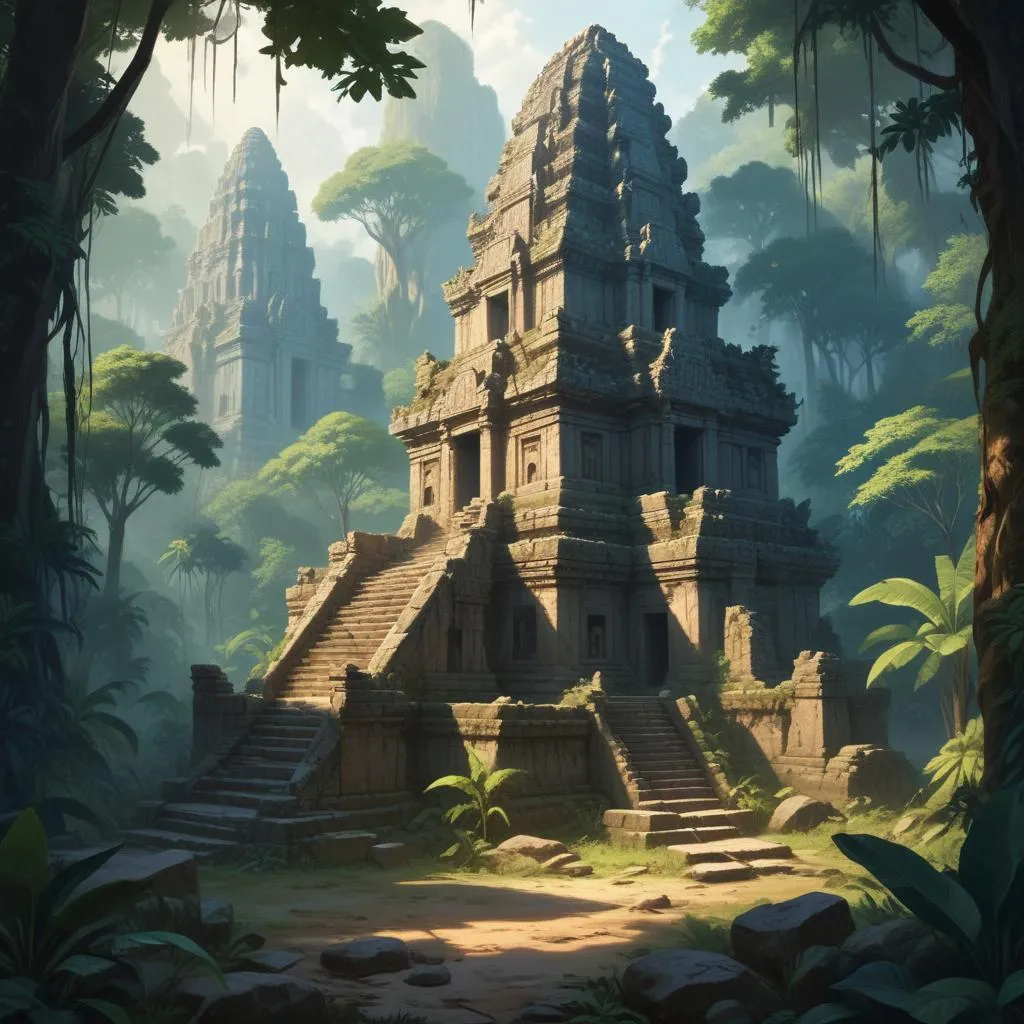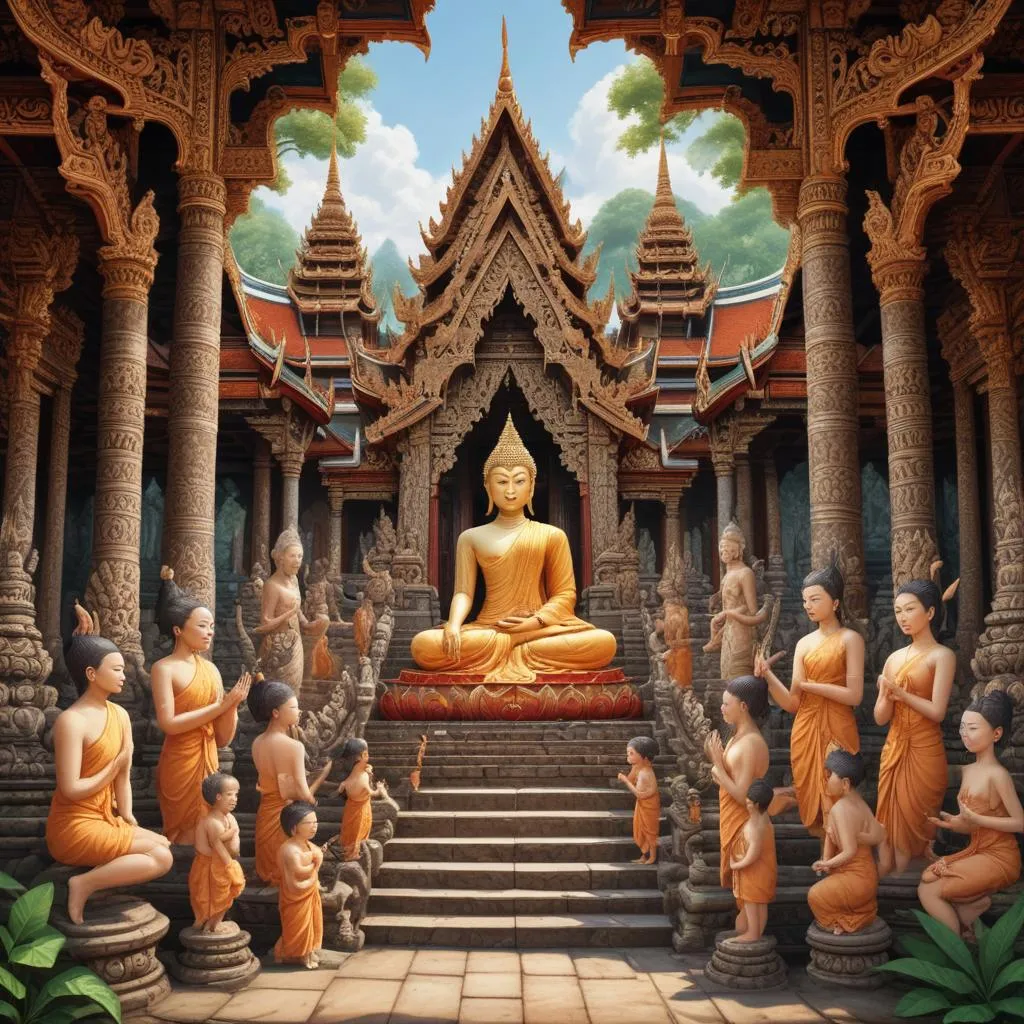
The epic tale of the Ramayana, one of the foundational texts of Hindu mythology, did not remain confined to the Indian subcontinent. For centuries, it traveled along trade routes, carried by merchants, scholars, and priests, finding a profound and lasting home in Southeast Asia. Among its many beloved characters, the monkey god Hanuman—embodying strength, devotion, and loyalty—underwent a fascinating transformation, weaving himself into the cultural and religious fabric of nations like Thailand, Cambodia, Indonesia, and Laos.
The Ramayana's Journey Across the Seas
The spread of Indian culture across Southeast Asia, a phenomenon often referred to as the "Indianization" of the region, saw the adoption and adaptation of Hindu and Buddhist epics. The Ramayana, in particular, was embraced and localized, resulting in unique versions like Thailand's Ramakien, Cambodia's Reamker, and Indonesia's Kakawin Ramayana. In each of these, Hanuman's character was reinterpreted to align with local values, beliefs, and artistic traditions.
Hanuman in Thai Culture: Phra Phikanet
In Thailand, Hanuman is known as Phra Phikanet (or simply Phikanet) and is a central figure in the Ramakien, the Thai national epic. While his core traits of immense strength and unwavering devotion to Rama (Phra Ram) remain, the Thai Hanuman is often depicted as more of a warrior-king and sometimes even a romantic figure.
- Appearance and Attributes: He is typically shown as a white monkey, symbolizing purity and loyalty. He is a master of magic and is often credited with creating the first Thai massage techniques, using his knowledge of anatomy to heal wounded soldiers.
- Cultural Significance: Hanuman is a ubiquitous figure in Thai art, literature, and especially classical dance-drama (Khon), where his mask and performance are highly stylized and revered. He is also worshipped as a deity of strength and protection.

The Cambodian Hanuman: A Noble Hero
In the Cambodian version, the Reamker, Hanuman retains his role as the heroic chief of the monkey army. The narrative, deeply influenced by Buddhist philosophy, places a stronger emphasis on the themes of justice, compassion, and the consequences of action.
Hanuman is portrayed as a noble and wise figure. His exploits are depicted in the magnificent bas-reliefs of the Angkor Wat temple complex, showcasing his importance in Khmer culture. Here, he is not just a powerful ally but a symbol of righteous force and intelligent strategy in the battle between good and evil.
Hanuman in Indonesian and Malay Lore
The story in Indonesia and Malaysia presents another fascinating adaptation. In the Javanese Wayang (shadow puppet) tradition, the narratives from the Ramayana and Mahabharata are blended. Hanuman appears as a powerful and comic, yet deeply spiritual, character.
Notable Differences:
- In some Javanese stories, Hanuman is considered the son of Batara Guru (Shiva).
- He is often granted immortality and is said to guard the islands of Indonesia to this day.
- His character can be more playful and less formally devout, reflecting local storytelling tastes.

A Symbol of Shared Cultural Heritage
The enduring presence of Hanuman across Southeast Asia is a testament to the region's deep historical connections and its ability to absorb and reinvent foreign influences. From a divine devotee in India to a magical healer in Thailand and a guardian spirit in Indonesia, Hanuman's many faces reveal the diverse cultural landscapes he inhabits.
He is more than just a mythological import; he is a symbol of resilience, devotion, and the power of good—themes that resonate universally. His story, etched into temple walls and performed on stages for centuries, continues to be a vibrant part of Southeast Asia's living cultural heritage.